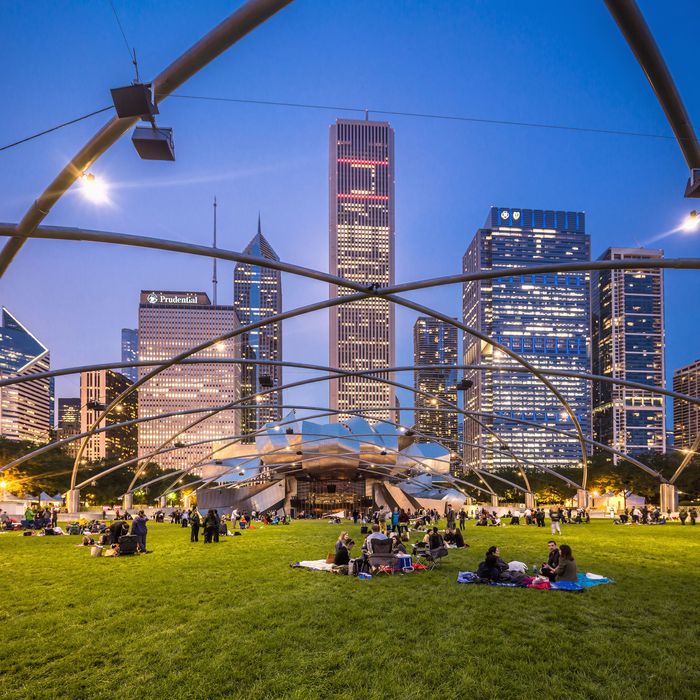
It’s commonly understood that the best way to explore a new place is to go straight to the locals. Each week in the Urbanist, we take that wisdom one step further by seeking out not just locals but local experts — those who are especially well versed in their cities’ newest and most noteworthy scenes — to give us insider recommendations. This week, we asked architectural and urban designer Paola Aguirre Serrano, founder of Borderless urban design studio and a visiting artist at School of the Art Institute of Chicago, for her picks in Illinois’s largest city.
“Chicago has an incredible (and complicated) history, but you can feel its ambitious future too. You have the ‘big city’ — skyscrapers, the financial district, the Loop (which is what locals call the downtown central business district) — and the ‘hyperlocal neighborhood’ feelings in very short distances. It’s a common misconception that everything worth seeing is in the Loop. Each neighborhood is its own universe. I also love the relationship of the city and the water, where man-made meets nature. When architect and urban designer Daniel Burnham worked on the ‘Plan of Chicago’ in 1909, public space as civic space was a huge ambition. Today, Chicago’s lakefront is 20 continuous miles of accessible public space. I love walking along the shoreline. My husband and I actually started a photography project about this called From the Shore to capture all 1,638 miles of Lake Michigan’s shoreline.”
Her Other Musts
Hotels
“The historic Palmer House Hilton (17 E. Monroe St.; 312-726-7500) is so classy and beautiful. It was one of the first hotels in the city and celebrated its 100th anniversary this year. What I love is the scale. It occupies an entire block. As an urbanist, I appreciate how projects and buildings interact with public spaces. I love that it’s a massive hotel, but it doesn’t feel that way. It’s organized in a way that the hotel is flanked by independent retailers, like Merz Apothecary (17 E. Monroe St.; 312-781-6900), which is one of my favorite stores. It’s a European-style boutique drug store. The hotel’s lobby atrium is quite incredible with double-height ceilings, a marble double staircase, balconies, and a mezzanine level. The rooms follow the Classic Revival–style architecture of the hotel with Art Deco interior design. You can walk to all destinations in the Loop from here. The Ambassador Hotel (1301 N. State Pkwy; 312-787-3700) in the Gold Coast neighborhood is one of Chicago’s first boutique hotels where big stars like Frank Sinatra, Humphrey Bogart, and Marilyn Monroe used to stay. The hotel’s opulent lobby and hallways contrast with its minimalist rooms. I like this part of the Gold Coast because the architecture of its townhomes is very delightful. And the lakefront is a ten-minute walk.”
Restaurants
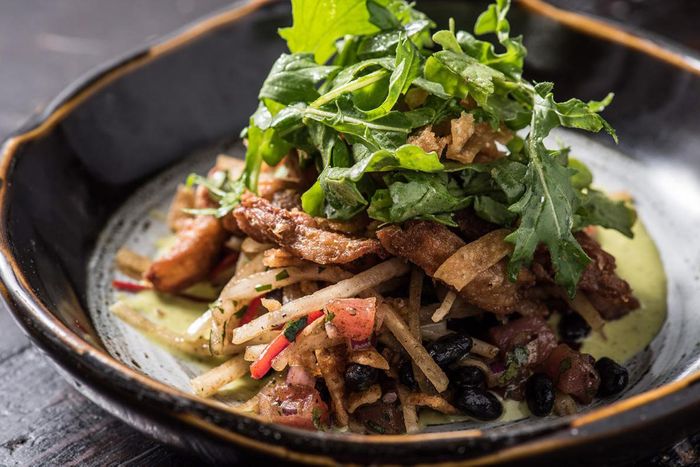
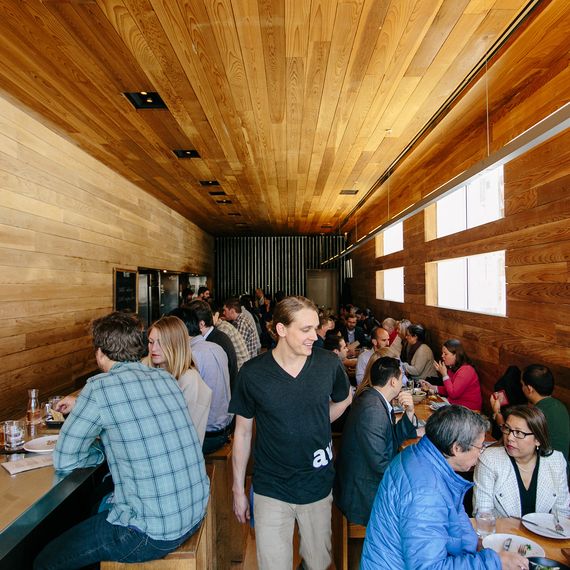
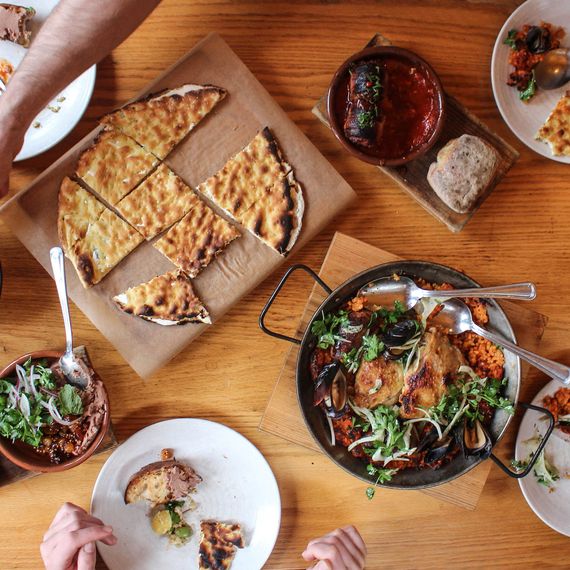
“Girl and the Goat (809 W. Randolph St.; 312-492-6262) in the West Loop has great food and dining experience. Try the roasted cauliflower and the pig’s face. I like that you can see the kitchen, it has an industrial feeling. Avec (615 W. Randolph St.; 312-377-2002) also in the West Loop is a super-small restaurant with a long, continuous communal wooden table. All the interiors are wooden. I love their chorizo-stuffed medjool dates. There’s usually a wait at both of these, so make reservations in advance. Acadia (1639 S. Wabash Ave.; 312-360-9500) in the South Loop is a best-kept secret despite having two Michelin stars. The restaurant has a ten-course tasting menu, but I always eat at the bar. The bar menu is more affordable and delicious, with great cocktails. The oysters and burger are really good. The burger comes with bacon-onion jam, truffle mornay, and Gruyère cheese. It is a local favorite.”
Local Food
“When you’re ordering a Chicago-style hot dog, keep this in mind: no ketchup, but there will be onions, peppers, and pickle. Jim’s Original hot-dog stand (1250 S. Union Ave.), which sells the famous Maxwell Street Polish sausage, is great. People come from all over the city for this stand. You order from a window, and then you eat your hot dog standing. You can eat it in like four bites. It’s so good. If there’s a line at Jim’s, Express Grill hot-dog stand (1260 S. Union Ave.) is right next to it, and also serves Maxwell Street Polish sausages. It’s the exact same product. Even the sign looks the same as Jim’s, yellow with red letters. Most of the flavor comes from the sausage anyway. Exchequer Restaurant & Pub (226 S. Wabash Ave.; 312-939-5633) in the Loop has the best deep dish. The Chicago one has Italian beef, sausage, onion, and hot giardiniera. The crust is better than other deep-dish pizzas in the city. It’s crunchy but also flavorful.”
Craft Beer
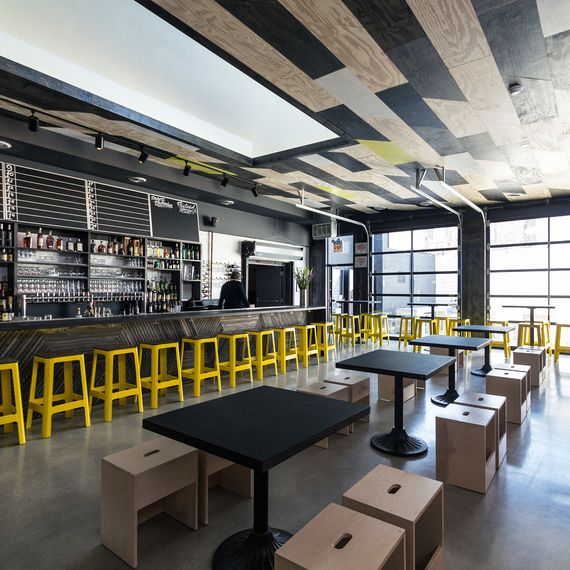
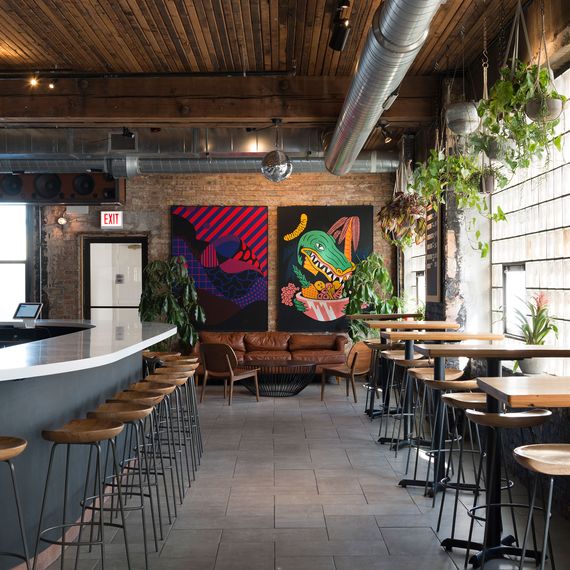
“We’re a beer town. There are so many craft breweries in Chicago: Half Acre, Revolution, Lagunitas, Low Rez, Alulu, but my favorite is Marz Community Brewing (3630 S. Iron St.; 773-579-1935) and its affiliated liquor store and bar, Maria’s Packaged Goods and Community Bar (960 W. 31st St.; 773-890-0588), in Bridgeport. At Maria’s, you walk into a small neighborhood store that carries hundreds of craft beers. If you keep walking, you find a door that leads to the bar. There’s also a great little patio. Their beer selection is fantastic. My favorite is called Jungle Boogie, which is an American pale wheat beer that’s very refreshing, crisp, and has just enough bitterness. You can also try one of their cocktails on tap if you are not feeling the beer, like Maria’s Ginger Beer cocktails, made with locally brewed ginger beer.”
Boat Tour
“The Chicago Architecture Foundation Center River Cruise is a must. It’s the best $45 you can spend to see the city. A 90-minute tour on the Chicago River gives you a very good picture of the Loop. The docents of the CAFC are incredible. On the route, you’ll see Marina City by Bertrand Goldberg (a.k.a. the corn cobs), the Merchandise Mart (the city’s largest building, now full of design showrooms), the new towers on Wolf Point, the bridges at Michigan Avenue and Dearborn Street, the Carbon & Carbide building with the golden crown on top, the Wrigley Buildings, and the Tribune Tower. It’s totally worth it.”
Attractions and Public Art
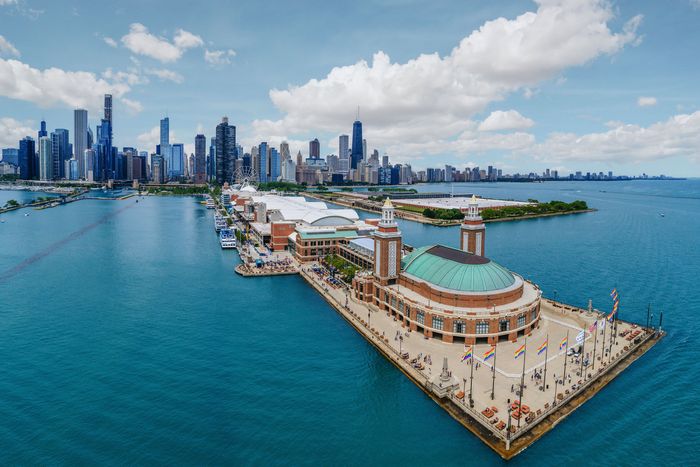
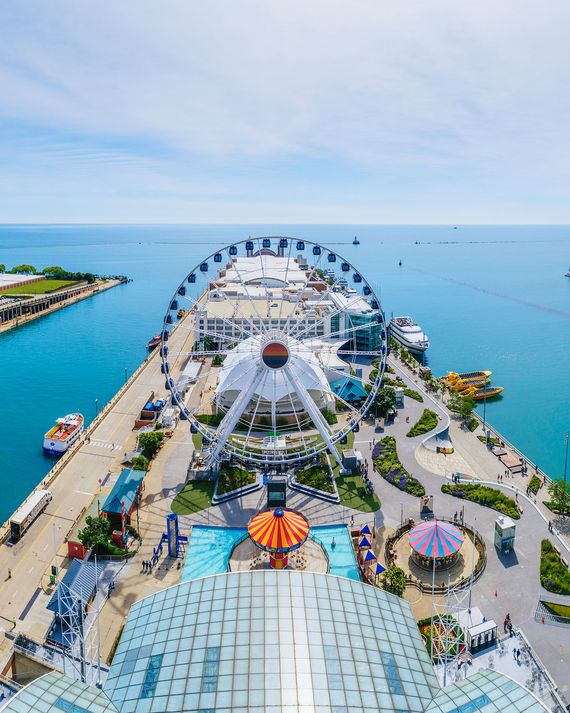
“Millennium Park is such a destination. Lurie Garden, which is beautiful and peaceful, and Crown Fountain, which is an interactive public art piece that’s full of kids splashing water and laughing, are my favorite part of the park. Instead of going to the Willis Tower Skydeck, which is on the 103rd floor, go to the Signature Room (875 N. Michigan Ave.; 312-787-9596) on the 95th floor of the Hancock Tower for an evening drink. It’s not as tall, but it’s the same concept. You get up high and can see the city’s grid. The Hancock Tower is highly underrated. I always go at night because you can see all the lights extend beyond the city and into the suburbs. After the renovation of Navy Pier, they added a few beer gardens that are quite enjoyable and relaxing in the summer months. My favorite one, Miller Lite Beer Garden, faces south, so you can see the lake and the skyline. It also has live music. You can take a long stroll along the pier and if you go there on Wednesday and Saturday evenings there are fireworks. The new Ferris wheel also has these larger enclosed pods that you can ride with a group. The Merchandise Mart (222 Merchandise Mart Plaza) has these incredible public art projections. They have this super-big projector on the Chicago Riverwalk, and they project animations and other moving images onto the façade of the Merchandise Mart. It’s called Art on the Mart and all the works are curated by the city.”
Museums and Galleries
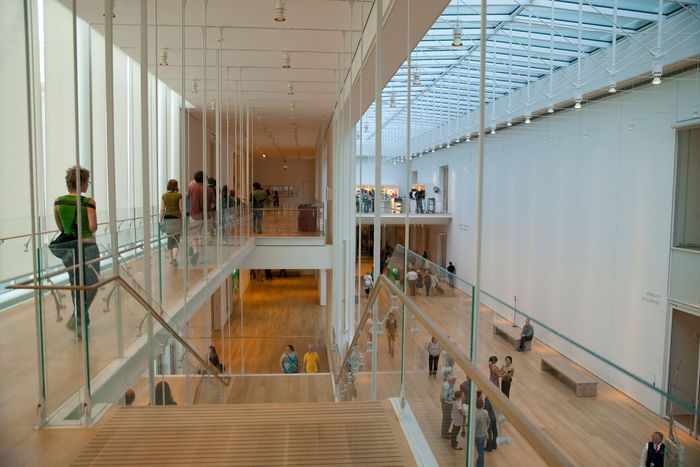
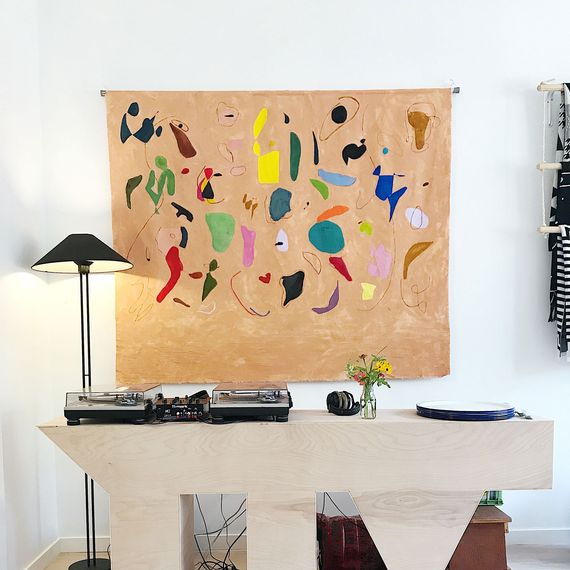
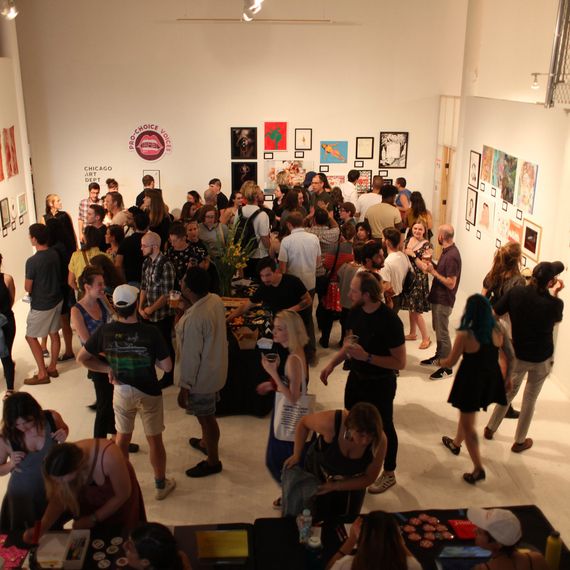
“The Art Institute of Chicago (111 S. Michigan Ave.) is a must, especially the architectural experience of the Modern Wing, which houses 20th- and 21st-century painting, sculpture, photography, architecture, and design. The Thorne Miniature Rooms in the basement level are a hidden asset. They have incredibly detailed diorama or architectural models of European and American interiors from different periods, like a New York parlor from the 1850s, that line a hallway behind a window. They’re quite small, built on a scale of one inch to one foot, but you can see all the handmade curtains, furniture, paintings, sculptures, drapery. Many people miss them. The Pilsen neighborhood has a unique character. Every second Friday of the month, all galleries and studios open their doors in the evening. Go to Chicago Art Department (1932 S. Halsted St.), an independent art space in Pilsen. It’s a huge, 15,000-square-foot building with three galleries, studio spaces, and community events hosted by artists. I’ve been to art exhibitions, artist talks, pop-up markets, and fundraisers there. It’s a really nice variety of programming. Comercio Popular (953 W. 18th St.) is a recent discovery. It’s part gallery, part shop that’s run by a local art collective bringing art and products from Mexican designers and makers. It’s really beautiful. They keep the store really simple because they also hold receptions, art shows, performances, and talks there too. I went to a reception there recently, and it was nice to see the products, like clothing from Mexican fashion designer Cara Larga, become the backdrop.”
Beaches
“We have amazing and distinct beaches. Oak Street Beach in Gold Coast gets really busy, and is one of the most visited. In the summer, the crowds are overwhelming, but if you go at the end of summer or early spring it’s really nice. It has the most posh crowd. Because it’s situated at the northern tip of Michigan Avenue, you not only have this great view of the downtown skyscrapers, but you also are walking distance to the Magnificent Mile. North Avenue Beach is super long and really active, miles of people playing games. I like the beaches on the South Side the best, especially 31st Street Beach and Oakwood Beach. They’re quieter and have more of a neighborhood feeling. It’s more family-oriented. On a good summer day, people will be out there starting at 8 a.m. with their own grills and barbecue all day. Also, every summer at Oakwood Beach there’s an art exhibit called Sandbox Symphony with live music, interactive art, local films, and more.”
Day Trips
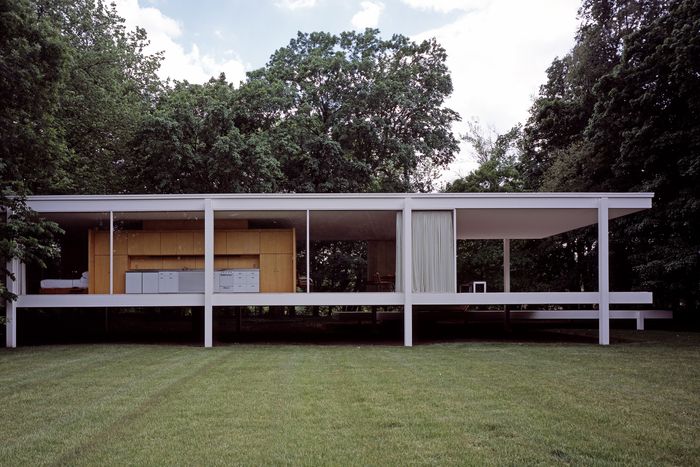
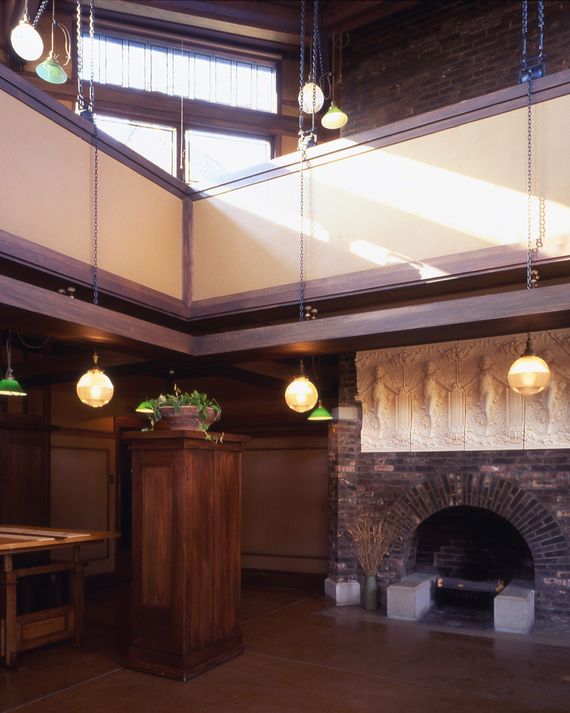
“Oak Park is considered the first suburb of Chicago. There, you can see many Frank Lloyd Wright architecture, including his home and studio (951 Chicago Ave.) and the Unity Temple, which is just three blocks away. (In Chicago, there are two historic Wright sites: the Robie House on the University of Chicago campus in Hyde Park and the Bach House in Rogers Park.) When you go to the studio-house, they give you a little pamphlet if you want to do a self-guided tour of the neighborhood — there are lots of other nearby houses by Wright. (The Ernest Hemingway Birthplace Museum, 339 North Oak Park Avenue, is also right there.) I always have brunch at Lake Street Kitchen + Bar Restaurant (1101 Lake St.). The Farnsworth House (14520 River Rd.; 630-552-0052) is a little over an hour’s drive in Plano, Illinois. You have to be an architecture nerd to want to go there. It’s one of the most famous houses by architect Ludwig Mies van der Rohe and set such a precedent for modern architecture, a steel and glass house that’s elevated from the ground. Milwaukee is also an easy trip from Chicago via Amtrak’s Hiawatha Service, which drops you off right in Downtown Milwaukee, or an hour and a half drive. Be sure to check out the Historic Third Ward, Milwaukee Public Market (400 N. Water St.), and the Milwaukee Art Museum (700 N. Art Museum Dr.). There are a lot of historic buildings in the Historic Third Ward. The Public Market is really fun. It’s a newer structure, a modern building with a warehouse feeling with different food vendors and artisan stands. The Milwaukee Art Museum is an architectural landmark, especially the Quadracci Pavilion by Spanish architect Santiago Calatrava. And they’re all right next to each other on the Riverwalk District.”
More Destinations
- The Urbanist’s Guide to Approachable, Unusual Hikes
- The Urbanist’s Guide to the Beaches of New Jersey
- The Urbanist’s Guide to Tucson



